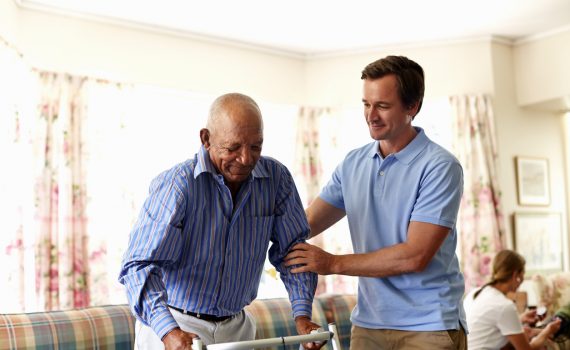
Avoiding Hospitalizations for Long Term Care Residents: the PREVIEW-ED© eTool
Care Aides and Personal Support Workers comprise more than 70 percent of the staffing in long-term care (LTC) […]

Care Aides and Personal Support Workers comprise more than 70 percent of the staffing in long-term care (LTC) […]

Patients with dementia are frequently discharged from the ER without diagnosing the fact that they have an underlying […]

Most off-the-shelf fall detection products require seniors to access mechanical devices (buttons) or wear sensors. While these devices […]

Neuropsychiatric symptoms of dementia (NPS) affect up to 80% of patients with Alzheimer’s Disease (AD). These symptoms include […]

With the growing prevalence of polypharmacy (patients taking 5+ medications) in long-term care, there is an increasing need […]

The disease process in dementia affects behaviour, mood, physical and social functioning, often resulting in significant impairments in […]

One in ten Canadian seniors experience an identifiable cognitive decline, labelled Mild Cognitive Impairment (MCI), which can be […]

The senior population in the Central West Local Health Integration Network (LHIN) is expected to increase by 64 […]

The Zeitgeist Program supports collaboration between communication design students and people living in long-term care.

How can a lighting system help residents in long-term care homes?

Can the RemoCare app help prevent falls within a long-term care setting?

The Bed and Chair Alarm Removal Resource manual helps point-of-care workers improve resident safety